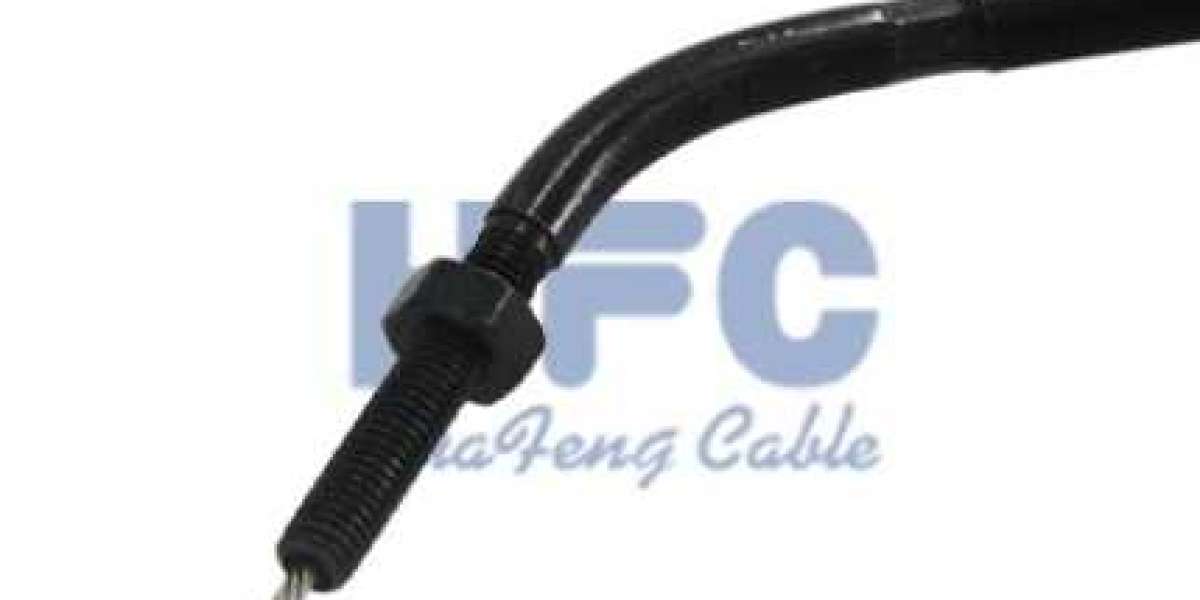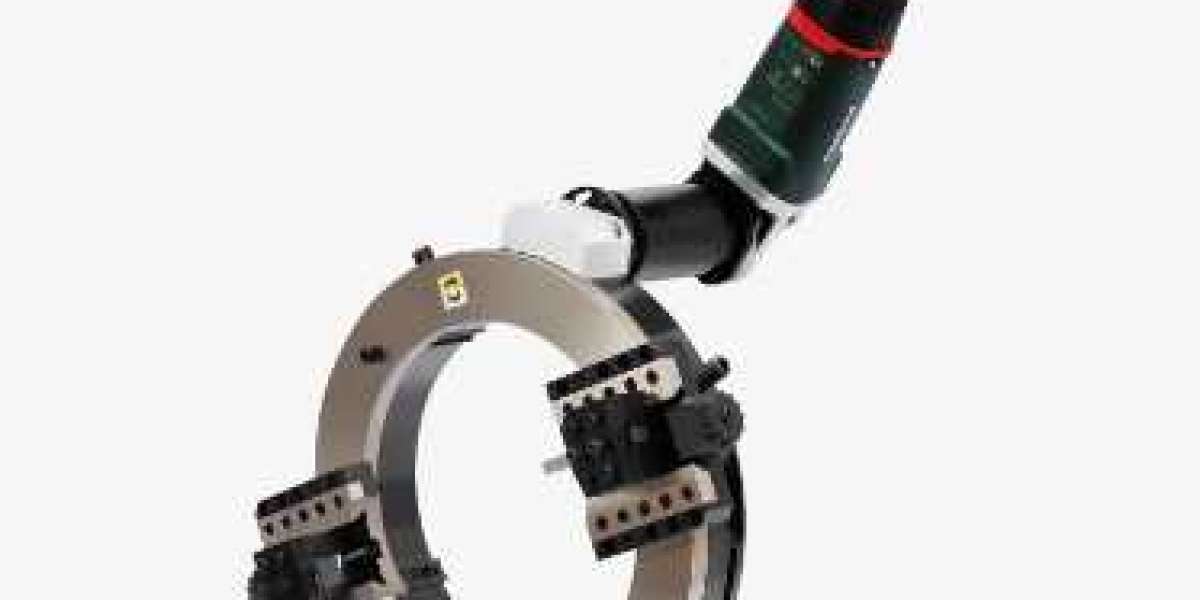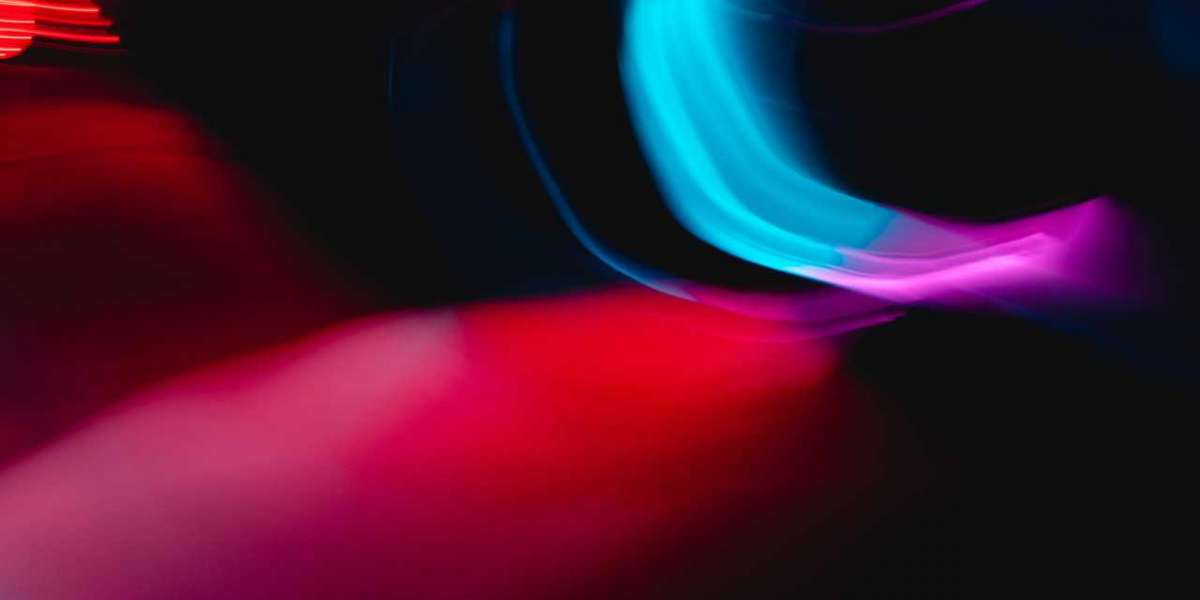Motorcycle clutch cables play a crucial role in the operation and control of a motorcycle's clutch system. Understanding how clutch cables work and knowing how to properly maintain and adjust them is essential for every motorcycle rider. In this comprehensive guide, we will explore everything you need to know about motorcycle clutch cables, including their function, components, maintenance tips, and common troubleshooting issues.
I. The Function of Motorcycle Clutch Cables
The clutch cable is an integral part of a motorcycle's clutch system, which allows the rider to engage and disengage the engine from the transmission. When the clutch lever is pulled, the clutch cable transmits the force to the clutch release mechanism, disengaging the clutch plates and allowing for gear changes without stalling the engine. Releasing the lever re-engages the clutch, transferring power from the engine to the transmission, and propelling the motorcycle forward.

II. Components of a Motorcycle Clutch Cable
A motorcycle clutch cable consists of several key components that work together to facilitate smooth clutch operation. These components include:
Clutch Lever: The lever that is operated by the rider's hand to engage or disengage the clutch.
Clutch Cable Housing: A protective outer casing that encloses the clutch cable and provides support and flexibility.
Clutch Cable: The inner cable that transmits the force from the clutch lever to the clutch release mechanism.
Adjuster: A mechanism located near the clutch lever that allows for cable tension adjustment.
Clutch Release Mechanism: The mechanism responsible for disengaging and engaging the clutch plates.
III. Maintaining Your Motorcycle Clutch Cable
Proper maintenance of your motorcycle clutch cable is essential for smooth and reliable clutch operation. Here are some key maintenance tips to keep in mind:
Regular Inspection: Check the condition of your clutch cable regularly for signs of wear, such as fraying, kinks, or corrosion. Replace the cable if any damage is detected.
Lubrication: Apply a suitable lubricant to the clutch cable periodically to ensure smooth cable movement. Be sure to use a lubricant specifically designed for motorcycle cables.
Tension Adjustment: Maintain the proper cable tension by adjusting the cable at the adjuster mechanism. Refer to your motorcycle's manual for specific instructions on how to adjust the clutch cable tension.

IV. Common Clutch Cable Troubleshooting Issues
Despite proper maintenance, clutch cable issues can still arise. Here are some common troubleshooting issues and their solutions:
Sticking Clutch: If your clutch lever feels stiff or sticky when pulled, it may be due to a lack of lubrication. Apply lubricant to the cable and work it in by repeatedly operating the clutch lever.
Slipping Clutch: A slipping clutch occurs when the clutch plates do not fully engage, resulting in reduced power transfer. This can be caused by an incorrectly adjusted cable or worn clutch plates. Adjust the cable tension or replace the clutch plates as necessary.
Broken Cable: If your clutch cable breaks while riding, it can leave you stranded. Carry a spare clutch cable and the necessary tools for replacement in case of emergencies.
V. Upgrading Your Motorcycle Clutch Cable
If you're looking to enhance your clutch system's performance, upgrading to a high-quality aftermarket clutch cable may be worth considering. Aftermarket clutch cables often offer improved durability, smoother operation, and better cable response. Research different options and consult with experienced riders or mechanics to find the best clutch cable upgrade for your specific motorcycle model.

Conclusion
Motorcycle clutch cables are a vital component of the clutch system, enabling smooth gear changes and overall control of the motorcycle. By understanding their function, components, and maintenance requirements, riders can ensure optimal clutch performance and longevity. Regular inspection, lubrication, and tension adjustment are key aspects of clutch cable maintenance. Furthermore, being aware of common troubleshooting issues and having the necessary tools for emergency repairs can save you from potential headaches on the road. Remember, a well-maintained clutch cable contributes to a smooth and enjoyable riding experience.
Wuxi Huafeng CarMotor Fittings Co., Ltd. mainly deals in various types of control cables, which are widely used in motorcycles, automobiles, agricultural machinery, gardening machinery and other fields.
If you need to know more about motorcycle clutch cables details or order wholesale, welcome to contact us.
Email:hfc@huafengqp.com







